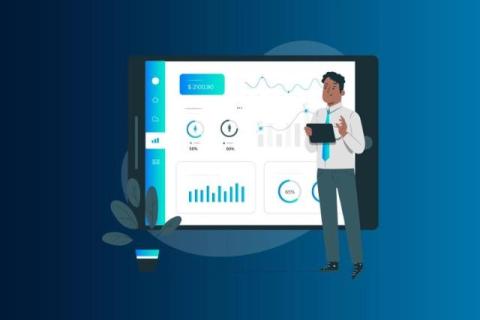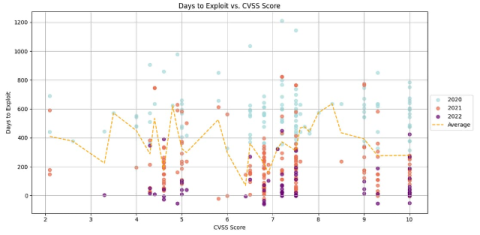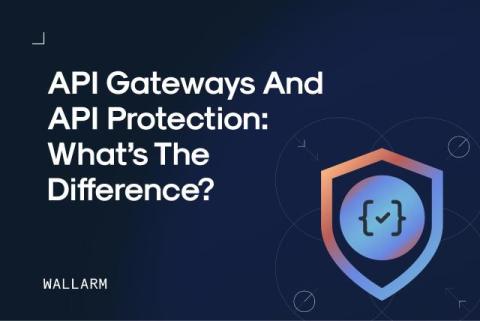Secure Cloud Access with Wiz & CyberArk: Enhance Multi-Cloud Security at Cloud Speed | CyberArk
Discover how the powerful integration between Wiz and CyberArk enhances cloud security by identifying and controlling excessive cloud privileges. In this demo, you'll see how Wiz flags risky access, while CyberArk applies just-in-time privileged access for secure administrative operations in multi-cloud environments. By leveraging the principle of least-privilege, CyberArk's Secure Cloud Access ensures all sessions are monitored for compliance and audit without slowing down your cloud development.











